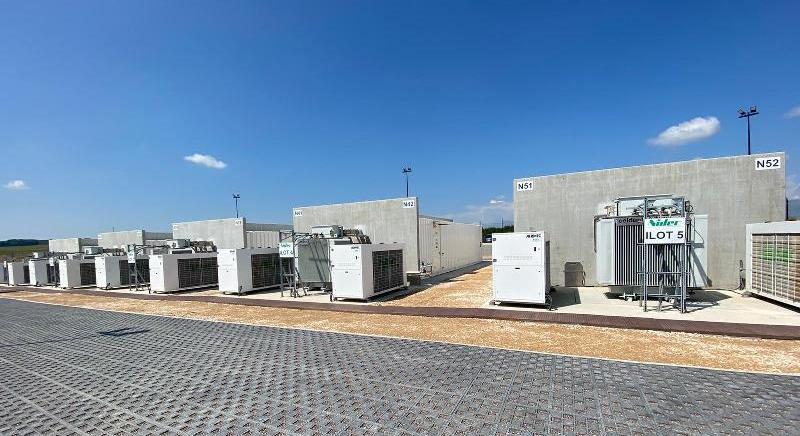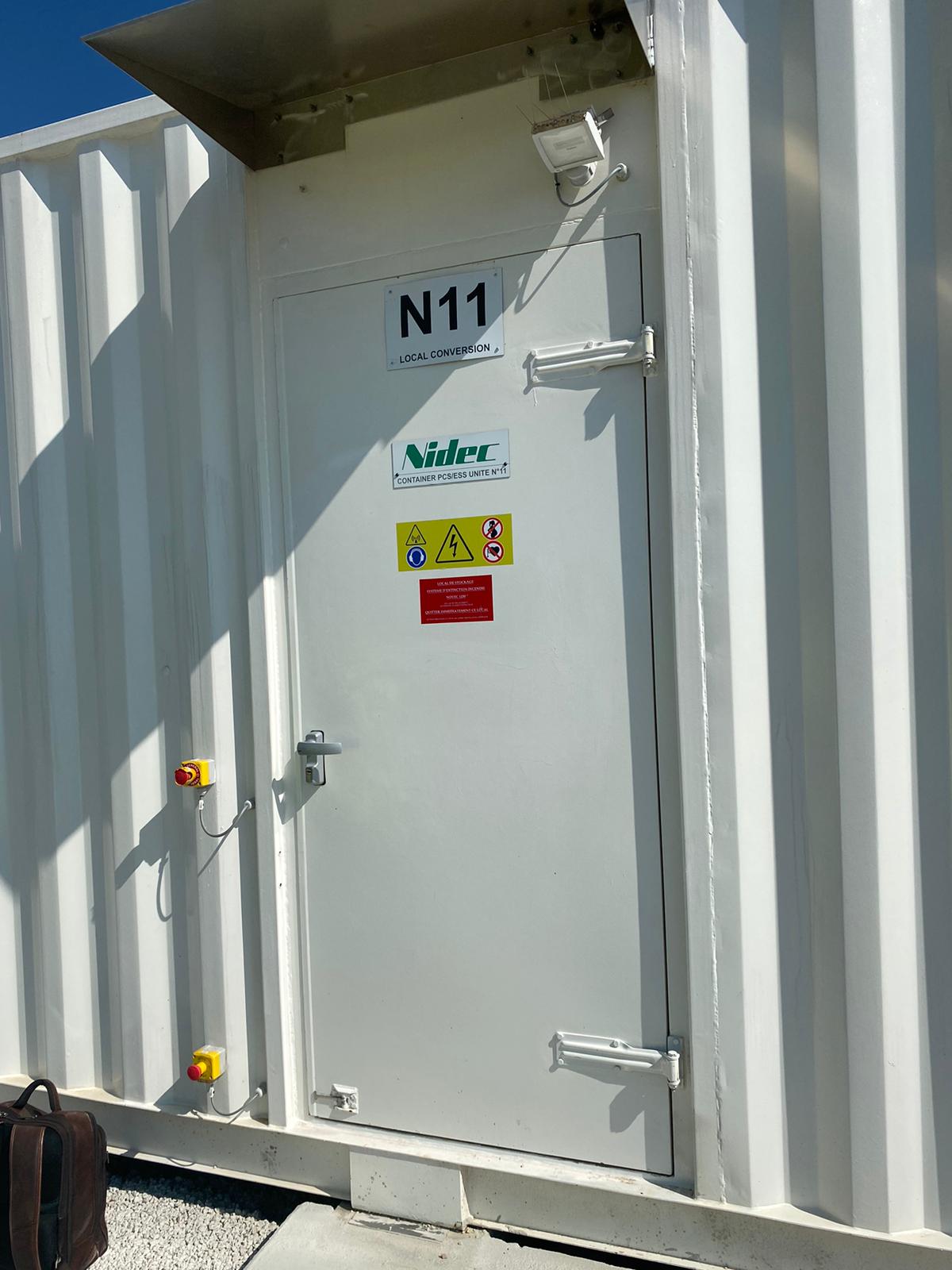First global experiment for large-scale battery system automation launched
- July 23, 2021

On July 2, 2021, RTE, the French public electricity transmission system operator, together with its partner Nidec Industrial Solutions (NIS), part of the Energy & Infrastructure Division of the Nidec Group, inaugurated “Ringo”. This was announced in a recent media release by Nidec.
With “Ringo”, a major pilot project, RTE and Nidec are promoting the development of electricity storage which is essential in driving the evolution of the energy market towards greater sustainability.
The experiment will last three years, the time needed to learn how to manage renewable energy. This storage experiment has been approved by the French CRE (Commission de Régulation de l’Energie – Energy Regulatory Commission) for a total investment of €80 million.
Location
Located in Vingeanne-Jalancourt, in the Côte-d’Or department, Ringo is RTE’s first experimental site for the automated management of large-scale electricity storage. Just over a year after its announcement, the experiment, a world’s first, will test the automatic management of surplus renewable electricity. This represents an important step in the process of transforming the electricity system, assisting in the energy transition from polluting to sustainable and renewable sources.
Role of Nidec
 Nidec Industrial Solutions was chosen by RTE to install the first electrical energy storage system on mainland France, used to optimize management of energy flows on the transmission grid. The system makes it possible to better manage the electricity grid, avoiding congestion at times of peak demand. A project that sees battery storage systems become an integral part of modern electricity grids and key elements for realizing the vision of an electric and sustainable future.
Nidec Industrial Solutions was chosen by RTE to install the first electrical energy storage system on mainland France, used to optimize management of energy flows on the transmission grid. The system makes it possible to better manage the electricity grid, avoiding congestion at times of peak demand. A project that sees battery storage systems become an integral part of modern electricity grids and key elements for realizing the vision of an electric and sustainable future.
More specifically, for the Vingeanne-Jalancourt site, Nidec Industrial Solutions is supplying its power electronics converters and the PMS (Power Management System) control system that make it possible to convert stored energy into electricity and use it to feed into the grid supplying consumers. The batteries connected to the grid that make the storage of surplus renewable energy possible are of the NMC (Nickel, Manganese, Cobalt) high energy density lithium-ion type.
Storage of surplus
Depending on weather conditions (sun, strong winds), local solar or wind energy production can greatly increase and exceed the transport capacity of the national electricity grid, resulting in the dispersion of the energy produced. The Ringo system makes it possible to store surplus renewable energy during peaks in production and return the stored energy to the grid as and when needed. This prevents having to build new electric lines and the loss of electricity produced from renewable sources thus contributing to reductions in CO2 emissions, without having to use polluting energy sources.
Smart system
For the first time in the world, a storage battery site will be remote controlled using robots that collect data in real time, representing the first automatic control on a national energy grid. Thanks to sensors installed on the grid that constantly measure electron flows, algorithms are able to optimize storage in real time.
Rationale of location
The Vingeanne – Jalancourt site, located in a region of high wind energy production, was chosen as the location for one of the experimental batteries with a storage capacity of 12 MW/24MWh, equal to the amount of energy produced by 5 wind turbines or the consumption of 10,000 families. Work commenced in January 2020, and now the system has been put into service, meeting the expected delivery times, despite the difficulties encountered due to the pandemic.
Ringo’s Objective
With this experiment, RTE and its partners, among which Nidec Industrial Solutions stands out, are participating in the spread of systems of large-scale electricity storage. A great industrial challenge to meet the fundamental energy transition needed to reduce GHG emissions and mitigate global warming, an increasingly topical and urgent issue for the energy sector.
The Ringo project meets the renewable energy development goals set by the French government and aims to make the electricity transmission grid more flexible by 2030 and to integrate, in particular, large-scale electricity storage solutions. This is to ensure that all French people have access at all times to a safe, clean and affordable power supply
.
(Featured photograph shows recent position at the Vingeanne-Jalancourt project site)


